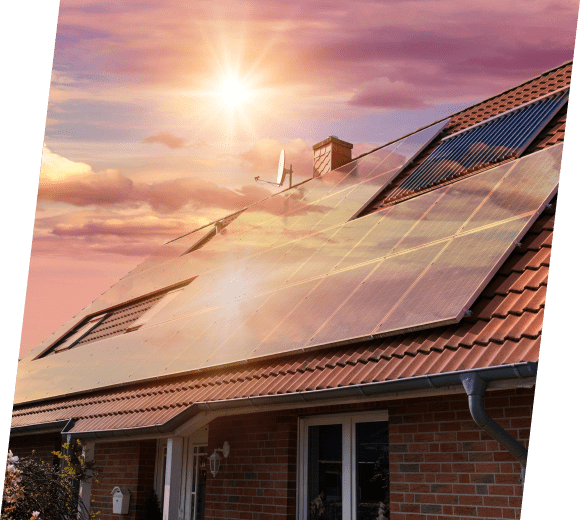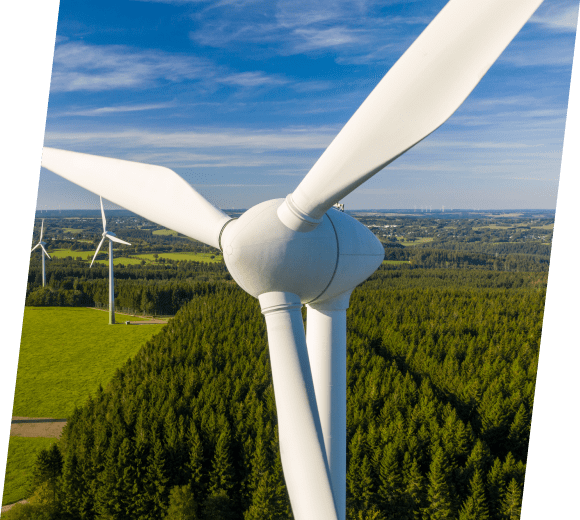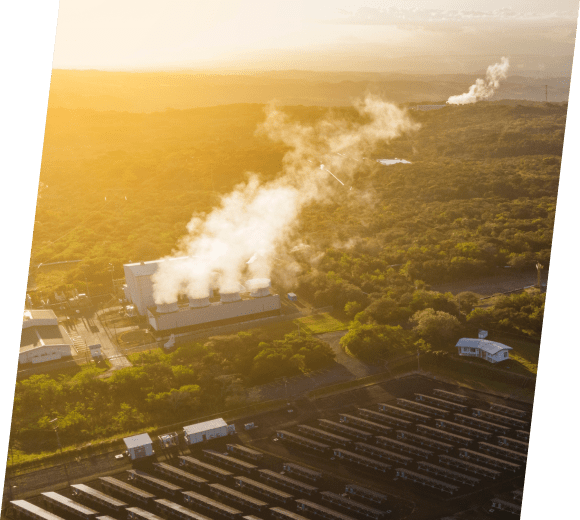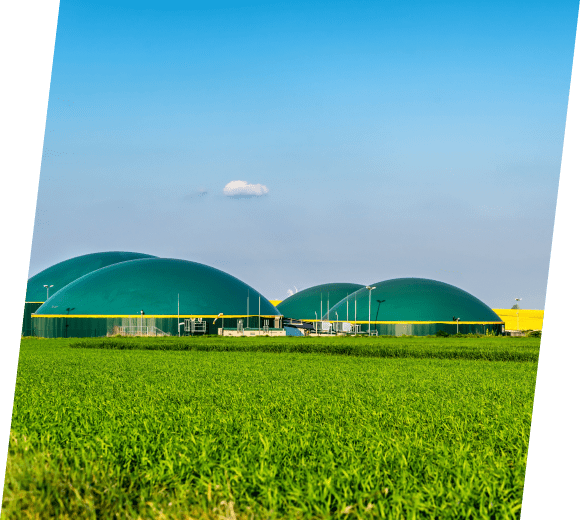Hydropower
Water is everywhere, and it’s ripe for energy! Hydropower, or hydroelectric power, uses flowing water to create electricity. The way it works is that first, we build dams to create reservoirs, and then the water gets released through turbines, turning that water power into electrical power. It’s reliable, it’s established, and can light up entire regions. But it’s important to remember that big hydro projects can have environmental and social impacts, so finding the right balance is important.





Compare low fixed energy rates
No price fluctuations
No unauthorized enrollments
Full price protection.




